You probably don’t pay much attention to your doorbell wiring until you need to make a change. If you want to replace the chime, upgrade to a smart doorbell, or replace a faulty transformer, you can only do so if you shut off the electricity. However, finding the breaker that controls your doorbell isn’t always straightforward. Unlike larger appliances or lighting circuits, doorbells draw very little power and are often wired into existing circuits, sometimes ones that aren’t anywhere near the front door. Knowing how to find the doorbell transformer and the breaker connected to it will allow you to work on your doorbell safely.

Step 1 – Locate the Doorbell Transformer
A wired doorbell runs on low voltage, usually between 16 and 24 volts. The device that makes this possible is the doorbell transformer, which converts standard household current (120 volts) to a safe, low voltage for the chime and button. Finding the transformer is key to finding the breaker, because it’s the link between the doorbell and your home’s electrical system.

A typical doorbell transformer is a small metal box, often rectangular, with two or more screw terminals for the low-voltage wires and either a metal mounting plate or threaded hub for attaching to a junction box. It may be labeled with its voltage rating (such as “16V” or “24V”) and the manufacturer’s name. You should also see thin low-voltage wires leading toward the doorbell chime or button. If you find a similar-looking device but the wires are thicker or it’s labeled as HVAC, security system, or thermostat, it may belong to a different system.
In many homes, the doorbell transformer is mounted to a junction box in an accessible location, but when a doorbell has been retrofitted, electricians, especially DIY amateurs, sometimes get creative, wiring it off a light fixture, wall switch, or even an outlet box hidden behind furniture or appliances.
Common transformer locations include:
- Mounted near the main electrical panel
- Attached to a junction box in a garage or utility room
- Next to an HVAC system or furnace
- Inside a basement, attic, or closet
- Connected to an existing light fixture or wall switch (in retrofit cases)
Wherever it is, remember that while the doorbell wiring is low voltage, the transformer itself is connected to household current and must be handled with the same caution as any other electrical component.
Step 2 – Trace the Wiring from the Chime
If you can’t find the transformer right away, the chime unit inside your home is a convenient place to start. Remove its cover and look for the wires attached to it. If they’re visible, you can sometimes follow them directly to the transformer. In some homes, the transformer will be mounted on the other side of the wall from the chime.
If the wires disappear into walls, ceilings, or attics, you may have to check common utility spaces or use the breaker testing methods described in the next steps.

Step 3 – Try the Manual Breaker Method
Suppose you’ve found the transformer but still don’t know which breaker powers it. One way to find out is by using the manual method, switching breakers off one by one until the doorbell loses power.
This works best with two people:
- One person presses the doorbell button or listens for the chime.
- The other person turns breakers off and on, noting when the doorbell stops working.
Once you find the breaker, label it immediately. If the transformer powers other devices, note those as well. While this method costs nothing, it can be time-consuming, especially in a large panel.
Step 4 – Use a Circuit Breaker Finder Tool
A breaker finder tool can make the search faster, especially if your transformer is near an outlet or light fixture. These tools use a transmitter, plugged into an outlet or light socket, to send a signal along the circuit. A handheld receiver at the breaker panel detects the signal, pointing you to the correct breaker.
If the outlet or fixture near the transformer is on the same circuit, the breaker finder will identify it quickly. If not, you can still use the tool to rule out that nearby circuit and move on to others. For transformers tied to a light circuit, you can use a light socket adapter to plug in the transmitter.
Breaker finders come in many styles, from basic models to advanced ones with automatic scanning. A compact option like the KT301P from Kaiweets offers an easy way to test nearby circuits without shutting off power to unrelated parts of your home.
KAIWEETS KT301P Circuit Breaker Finder
The KAIWEETS KT301P is a 3-in-1 device that combines a digital circuit breaker locator, outlet tester, and GFCI tester. It features an LCD display, NCV mode for non-contact voltage detection, and a built-in flashlight for safe and efficient electrical work.
Full specs & features.
Here’s how to use a breaker finder in this situation:
- Plug the transmitter into a nearby outlet or light socket adapter you believe is connected to the transformer’s circuit.
- Take the receiver to your breaker panel.
- Slowly scan each breaker until the receiver beeps or lights up.
- Flip that breaker to OFF and confirm the doorbell no longer works.
- If the breaker isn’t the right one, you’ve ruled out that circuit and can move to other outlets or fixtures

Step 5 – Label the Breaker for the Future
Once you’ve found the breaker, label it clearly so you don’t have to repeat the search later. Because a doorbell transformer can be installed far from the front door, it’s helpful to note the location it controls in your label, along with “doorbell.” For example, if the transformer is mounted on a junction box in the garage, your panel might read: “Garage + Doorbell.”
Keeping a consistent labeling style across your panel makes it much easier to track circuits in the future, especially for devices like doorbells that aren’t necessarily tied to nearby outlets or fixtures. The added detail not only helps you remember where the transformer is located, but it also helps anyone else working on your electrical system.
Step 6 – Final Safety Tips
Even though doorbells run on low voltage, the transformer is wired into standard household current and should be treated with care. Always assume wiring is live until you’ve confirmed the breaker is off. Stand on a dry surface, keep your hands dry, and ensure the panel area is well-lit before making changes. If you can’t locate the transformer or the breaker after a reasonable search, or if the wiring looks unsafe, contact a licensed electrician.
FAQs
Why do doorbells have transformers?
Wired doorbells use a transformer because the chime and button are designed to operate on low voltage rather than the 120 volts supplied by household wiring. The transformer safely reduces the voltage so the components can work without risk of electrical shock. This also keeps the doorbell button safe to touch, even in wet conditions.
Can a doorbell be on the same breaker as other fixtures?
Yes. It’s not unusual for a doorbell transformer to share a circuit with lights or outlets in a nearby area.
Do all doorbells have transformers?
All wired doorbells do. Wireless, battery-powered models do not.
Why is my doorbell breaker hard to find?
The transformer may have been installed in an unusual location, or it may share a breaker with devices far from the front door.
Can I replace a doorbell transformer myself?
Only if you understand basic household wiring and have turned off the correct breaker first. It’s always safer to hire a qualified electrician if you are at all uncertain.

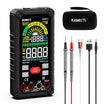


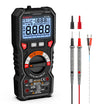
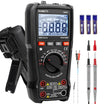
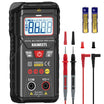
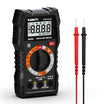

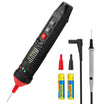
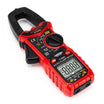


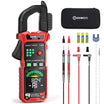

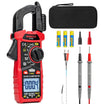









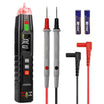

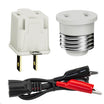
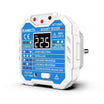
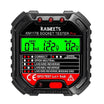
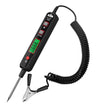
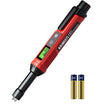
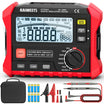
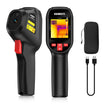

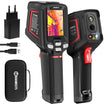
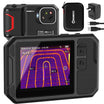
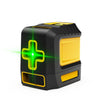
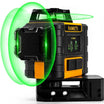
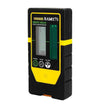

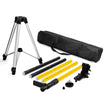



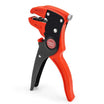




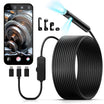
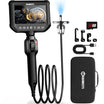
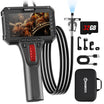
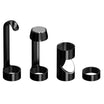

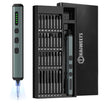
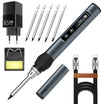

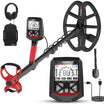




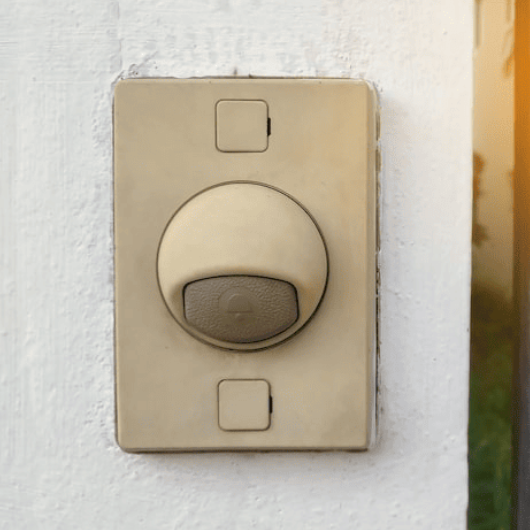

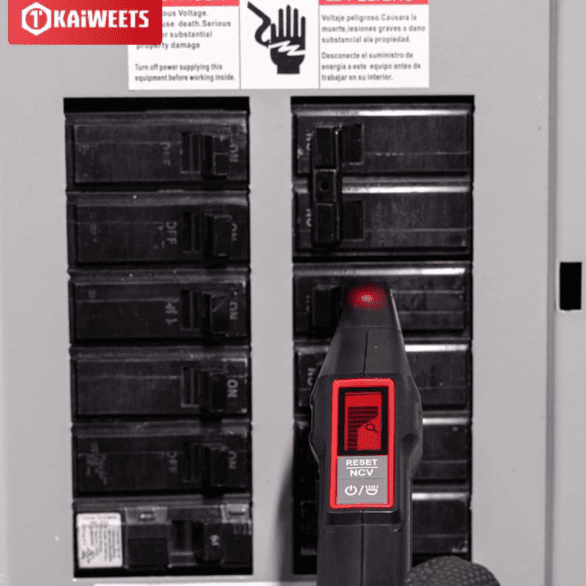
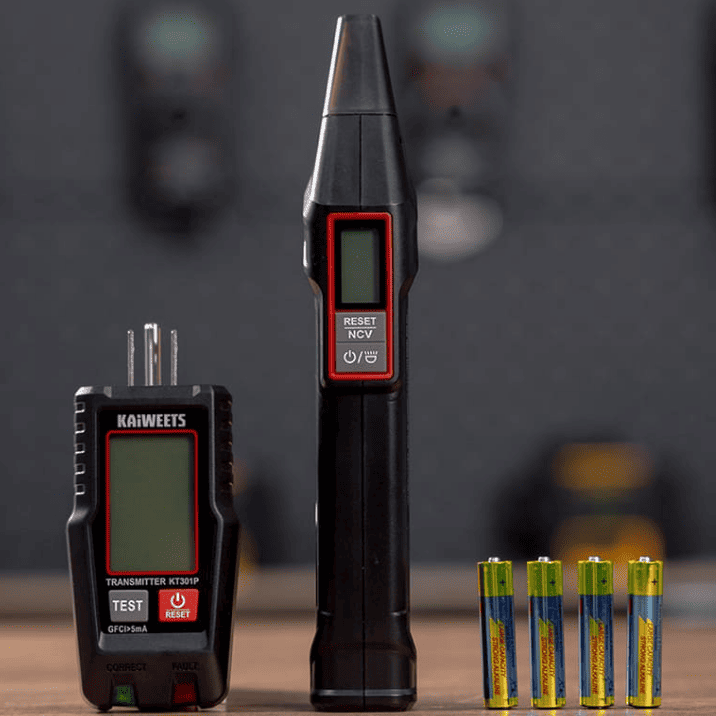
Laisser un commentaire
Tous les commentaires sont modérés avant d'être publiés.
Ce site est protégé par hCaptcha, et la Politique de confidentialité et les Conditions de service de hCaptcha s’appliquent.